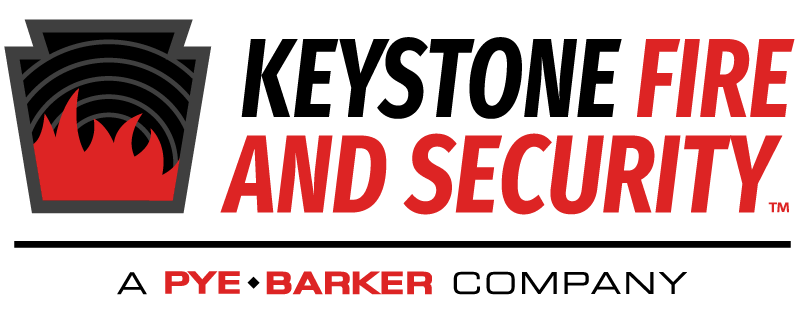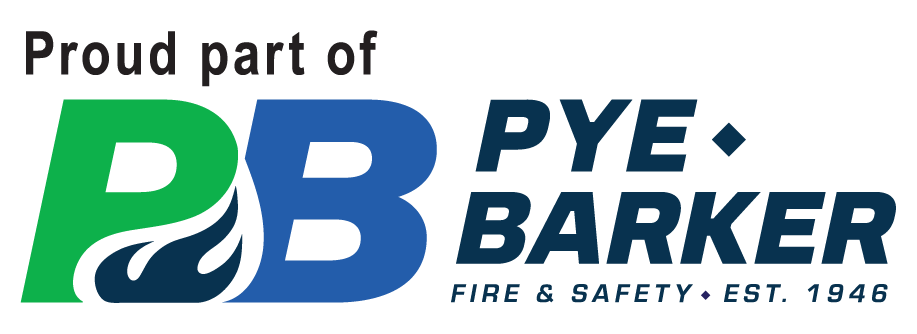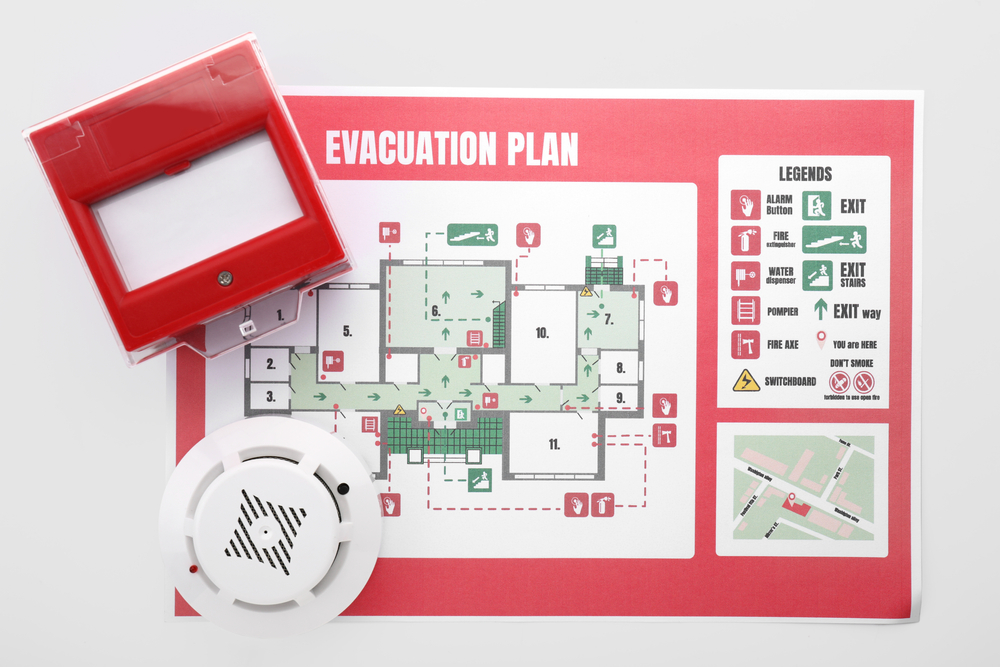Determining who will develop fire protection and safety plans must be understood to protect building occupants properly and meet safety standards. However simple it may seem, it is more challenging than looking for any company with a fire extinguisher logo on its rig.
There’s so much to consider when discussing fire protection and life safety; finding the right professionals to do the job for you can seem overwhelming. In this foray into the realm of vital planning, you will be empowered with the information to make confident decisions about the planning of your building and the people inhabiting it. Secure your business with our professional access control specialists in Bethlehem, PA, who offer unparalleled security services tailored to your needs.
Unveiling the Experts Behind Fire Protection and Safety Plans
Crafting these intricate plans involves a collaboration of skilled professionals from different fields. Let’s meet the key players:
Fire Protection Engineers
Licensed as fire protection engineering specialists in fire dynamics, building code, safety system knowledge, etc., they are all familiar with the latest fire protection engineering knowledge. They apply this information to estimate possible risks and create countermeasures.
Code Consultants
There is no simple task to walk through the construction regulations; its fire safety and code consultants are adept at this. They ensure your building project adheres to the latest codes and standards, which are vital to preventing fires and ensuring safety.
Life Safety Consultants
Focusing on life safety during emergencies, these professionals offer a unique perspective. They participate in planning safe evacuation routes, positional emergency lighting, and emergency procedure design. These procedures can mean the difference between life and death in critical situations.
Architects and Designers
A structure’s design directly impacts fire safety. Fire protection principles require knowledge and understanding for architects and designers who want to produce beautiful and secure environments. These principles cover fire-resistant material selection and sufficient compartmentalization to avoid fire spread.
Types of Fire Protection and Safety Plans
Since we learned now which bodies create fire protection and safety plans, it is particularly relevant to learn what kinds there are. The experts discussed above collaborate to develop integrated approaches designed to meet the unique design requirements of each building. Here are some commonly encountered types:
Fire Safety Plans
Consider this your building’s game plan for responding to a fire. It typically includes evacuation procedures, designated assembly points, and contact information for emergency services. It is essential to understand that communicating and discussing these plans is not optional—it is the law. The Occupational Safety and Health Administration (OSHA) mandates reviewing these plans within 90 days for current employees and when onboarding new hires. It’s about ensuring everyone knows how to act quickly and safely in a fire situation.
Evacuation Plans
In a fire, the presence or absence of a well-prepared evacuation plan often determines whether one will survive. This plan is followed by careful planning to describe, create, and delineate unambiguous exit routes and how to evacuate a building safely.
Incorporating components, including evacuation maps, prominently placed signage, and appropriate drills, can help the occupiers understand the evacuation process.
Fire Prevention Plans
However, a well-prepared fire prevention protocol is best for anticipating fires and avoiding or preparing for them. Under OSHA regulations, this plan depicts the steps and practices for maintaining fire safety equipment and handling hazardous materials and potential fire hazards.
These preventive measures frequently incorporate routine system inspections and maintenance timelines for fire protection systems.
Fire Suppression System Plans
These plans concern the design and build of systems uniquely suited to putting out fires. Think sprinkler systems, fire hydrants, and specialized suppression systems for sensitive areas such as server rooms.
Routine testing and maintenance of these systems are very important so that they can be activated promptly, which would save lives and property at the very least.
Meeting the Standards: Codes and Regulations
The plan itself must be checked. Fire protection and safety plans must adhere to the exacting regulations imposed by building and fire safety codes. These codes address a wide range of issues concerning fire protection and safety.
These include materials, sprinkler system requirements, and alarm system requirements. These codes guarantee that safety during fires is built into the very heart of the building as it is designed. Because construction and building technologies are constantly evolving, these standards are often updated.
It is important to be aware of the latest legislation to ensure that your plans comply with the current safety standards, guaranteeing the optimal safety of your building and its inhabitants.
The Importance of Ongoing Maintenance and Inspection
However, a fire protection plan is not a “set and forget” matter. Routine care and monitoring are as important as the first planning phase. Lack of maintenance can destroy even the best-planned plans and their systems. The fire extinguisher, fire alarm, and sprinkler system must be inspected and tested regularly to remain in good working condition.
Concerned with the vast field of fire protection and safety, one easily feels lost, but keep this from leading you astray about the identity of the “who makes fire protection and safety plans. Engaging qualified professionals is critical to unraveling the labyrinth of codes and regulations, ensuring compliance, and, above all else, building an effective protective environment for the building and its inhabitants. From specialized engineers to code experts, the collective knowledge and experience these individuals bring to play a vital role in achieving a truly safe building.
Remember, regarding fire safety, being proactive isn’t just about ticking boxes; it’s about creating a culture of awareness and readiness that protects lives. So, as you grapple with the question of who makes fire protection and safety plans, remember the significant responsibility that rests upon your choices. These decisions can save lives.


